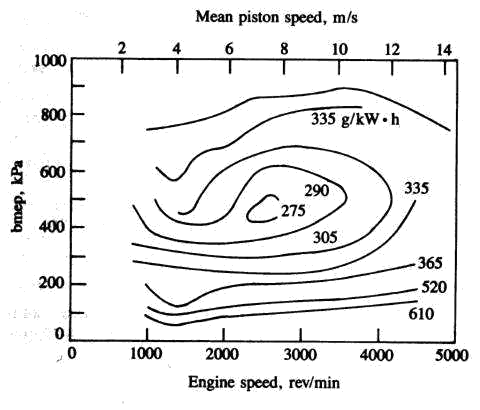Quote:
Originally Posted by kennybobby

Taking 40 seconds for 0 to 60 kph (37 mph) is almost like real acceleration. In normal traffic you would be a moving road hazard. For a 3000 lb vehicle the acceleration power is only about 6 hp--hard to believe any ICE could operate very efficiently at such low power levels.
Putting a coast down phase into an acceleration measurement seems to be confusing and creates difficulty in understanding the data. For example your runs G and H indicate very nearly the same fuel mileage as I and J--what is the meaning of that--e.g. how much is contributed due to acceleration and how much due to coasting?
Sentra's testing showed that 90% load acceleration uses less fuel than lesser loads for both acceleration and P&G.
|
sorry where did u get 40s to 60kmh from? I never posted this. and my car hits open loop at 90% load and dumps enough fuel to power a prius for a week. the coasting starts after car hits desired speeds. so the faster you accelerate the more you coast. in this case the extra coasting did not make up for yhr loss of fuel due to higher load acceleration. and maybe sentera drives a different car? this is a bsfc for an older gen prius:

as you can see the bsfc sweetspot is not at the highest load in this case. I have also seen the bsfc for a geo metro and for that car too its at moderate load and engine rpms (3k rpm and 60% load). every car is different and factors like ignition timing, AFR, EGR, EGT, vvt, valve lift and transmissions play a key role.
for example honda and subaru are using a variable valve lift system that eliminates pumping losses due to throttling by fully opening the throttle at low loads and switching to a lowlift cam that retards the intake valve closure time. this way you can accelerate slowly but without the pumping losses of a traditional throttle system.
honda's i-VTEC (watch at 2:25 for low load tunning):